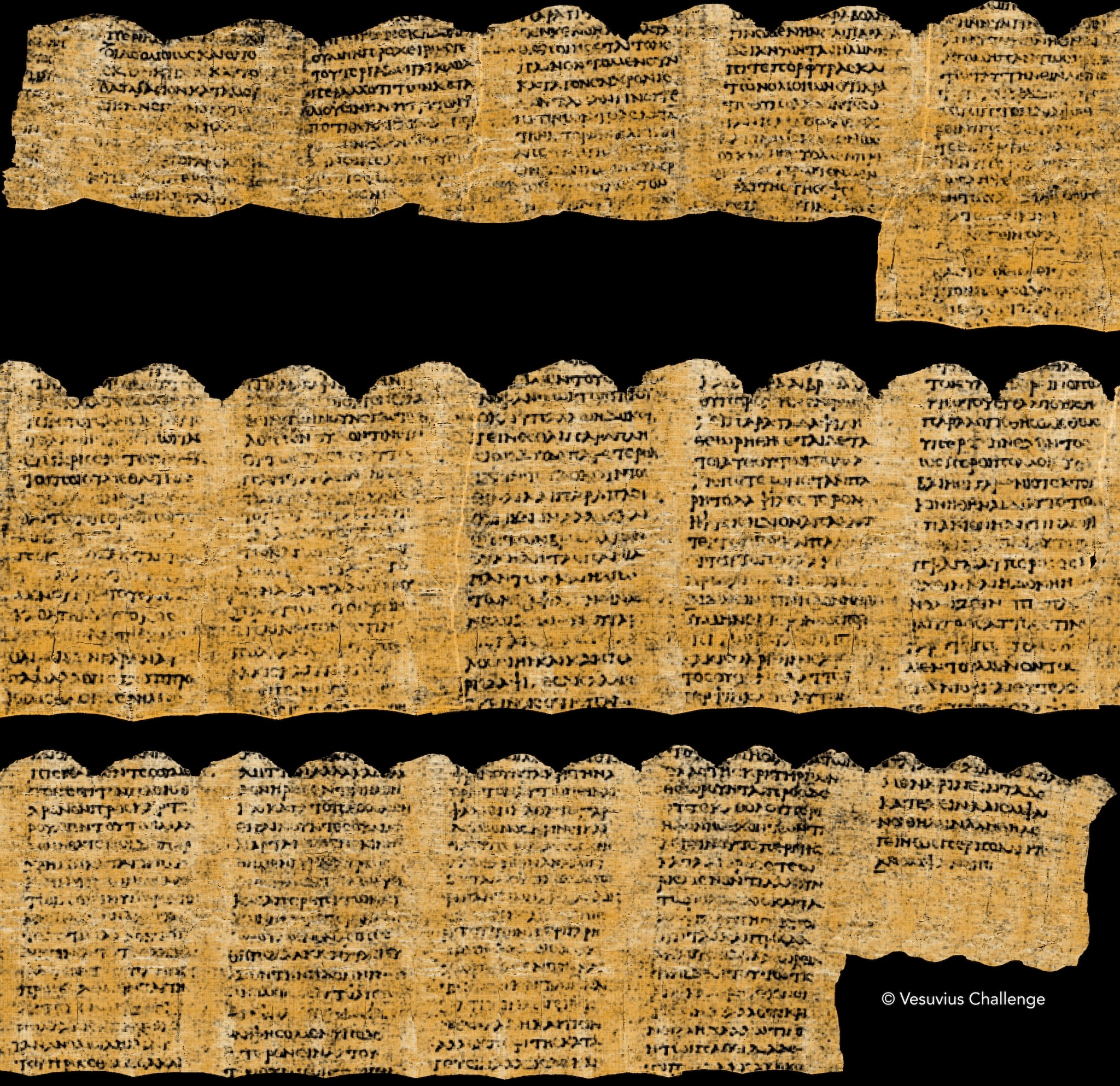Topic
/ computer vision
6 posts A group of researchers just won the Scroll Prize, a project to read the ancient Herculaneum papyri, burned and buried in the eruption of Vesuvius in 79 AD.
Using AI and computer vision techniques they were able to discern text from the rolled, charred, and brittle papyrus. An unbelievable feat.
⎈
June 20, 2020 • # The public vs. the state, DataRobot's Location AI, and the Mapillary team joins Facebook.
✦
October 22, 2019 • # An extension to the iD editor for automated feature detection.
✦
August 3, 2019 • # Universal laws of the world, Tandem for live collaboration in Slack, and the forward march of vision for computers.
✦
January 12, 2019 • # Extracting buildings from imagery with RoboSat, the state of security in 2019, and the equal earth map.
✦
November 30, 2018 • # ✦
